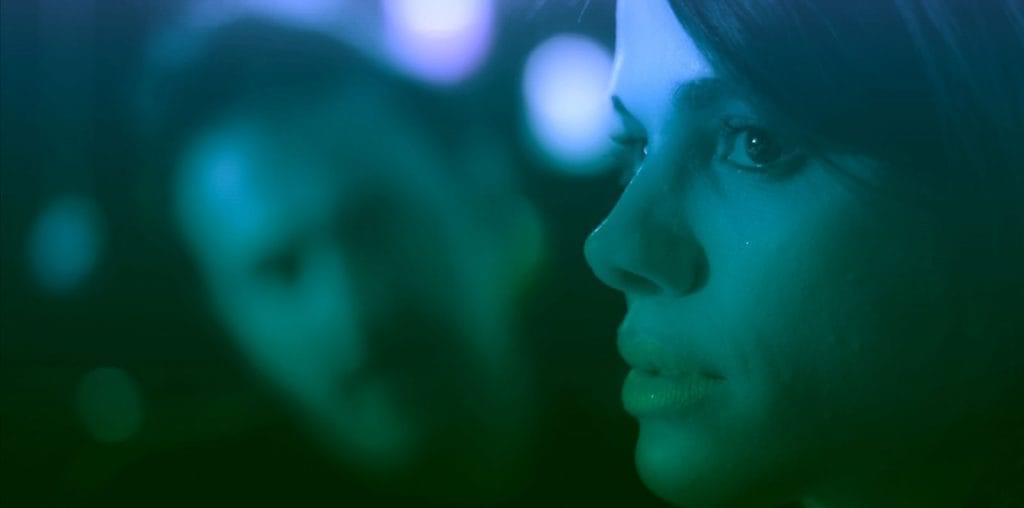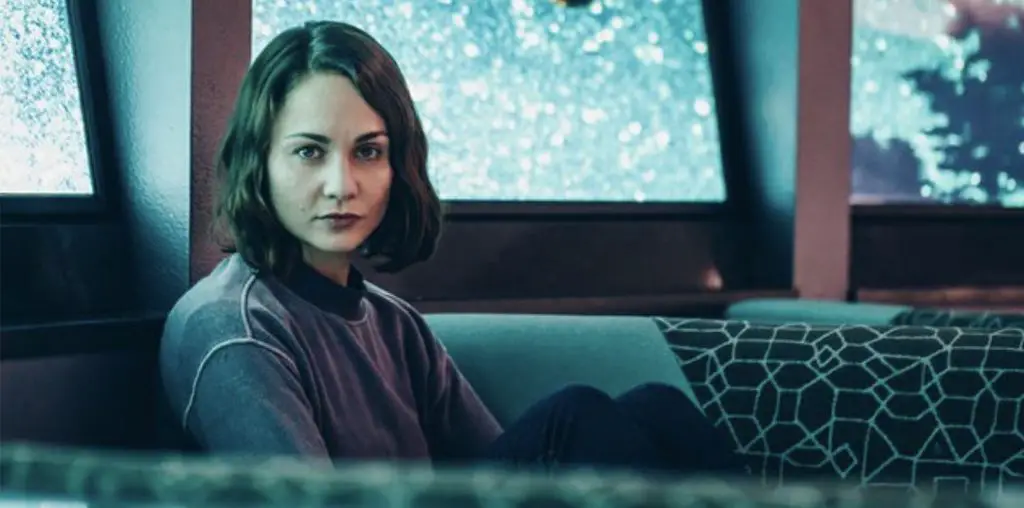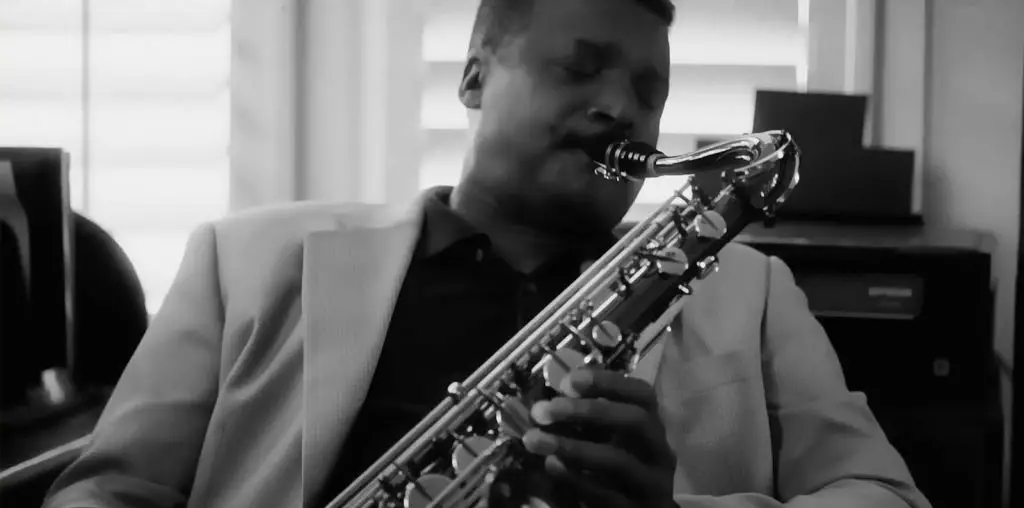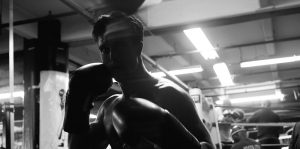
The noir film The Red Goodnight follows Freddy (Nick Zibro), an aspiring boxer who falls in with an unsavory crowd. A low-grade gangster named Johnny Angel (Joseph C. Reyes) promises him fame and success if he works as his “muscle.” This dark moment in Freddy’s life is courtesy of a fixer who works for Johnny. A guy, known only as Z (Zeshan Bhatti), convinces Freddy that Johnny is his ticket to the bigs and draws him into the seedy world of dirty deeds.
The brash young fighter is a contradiction. He initially has reservations about the work but ultimately agrees to rough up a young woman when Johnny asks him to. He’s also a sensitive man who plays guitar and is cool hanging at the beach reading Leaves of Grass by Walt Whitman. When the job goes horribly pear-shaped, Freddy’s grip on the world begins to dissolve, and he transforms into a most unreliable narrator. As he becomes disconnected from reality, so does the movie’s narrative structure, with Freddy unsure what is real and the viewer along for the ride. This is pushed further by gaslighting from a woman Johnny hires to send Freddy over the edge.
There’s a lot to like about The Red Goodnight, but there’s also much that’s challenging to a casual viewer. It occupies a space somewhere between a Sopranos episode and an art film, and it successfully manages to present elements of both. However, that intersection is also where the trouble is. For a movie that’s as much about tone as it is about plot, the tenor is inconsistent.
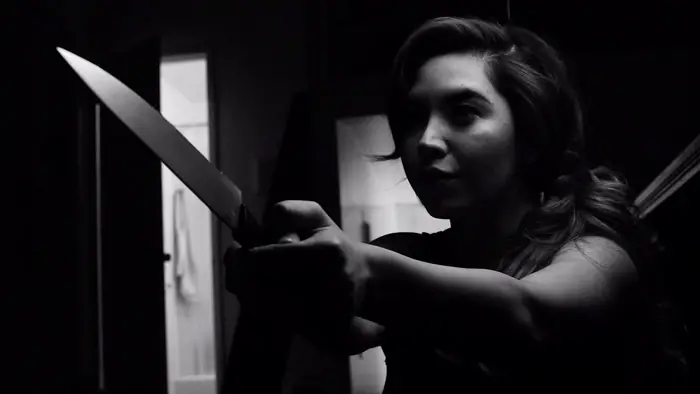
“When the job goes horribly pear-shaped, Freddy’s grip on the world begins to dissolve…”
Shooting in black and white to signal the neo-noir nature of the film could have come off cliched and made it seem that writer/ director John C. Koch was trying too hard, but he pulls it off by making the cinematography gorgeous. The image contrast is pushed to the point that the blacks are inky voids, and the edges of shadows cut like a knife. In high resolution, the scenes are breathtaking, particularly the shots of waves breaking on the rocks at the shoreline.
The Red Goodnight follows the noir tradition of using voice-over narration from the protagonist, which is all the more interesting as Freddy slides into some kind of warped, surreal perception of the world. Another nod to old school noir is the dialogue of the baddies. This aspect did not work so well. Lines delivered by Z and Johnny Angel are so cheesy they could be from any Bugs Bunny cartoon with gangsters. It would not be a surprise to have Edward G Robinson pop around a corner and say, “See?”
Overall, however, The Red Goodnight works. In his break from reality, Freddy’s confusion, combined with the atmospheric setting, makes for a very satisfying trip into a dark world of twisted streets.
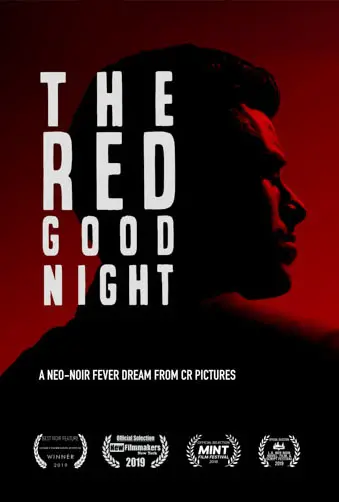
"…scenes are breathtaking, particularly the shots of waves breaking on the rocks of the shoreline."
